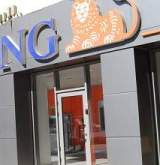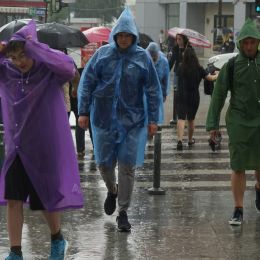In terms of total car production volume, Romania will be the sixth largest auto producer in the region by 2014, behind Russia, Turkey, the Czech Republic, Poland and Slovakia, but ahead of Hungary, Ukraine and Slovenia.
“Car assembly in Eastern Europe is primarily driven by domestic demand, but also aided by export programmes, predominantly to EU countries. The gradual phasing down of the car scrappage schemes, as well as the fiscal tightening that will take place in many EU countries in the next few years, will have a negative effect on the demand for new cars in the common EU market. However, we anticipate a strong growth rhythm for the Romanian auto industry in the next 5 years, as recent investments in the Craiova plant will become fully operational and the Piteşti plant will have its production capacity increased to meet rising demand for newly launched car models”, says Ionuţ Simion, Tax Partner, Leader of the Automotive Group of PwC Romania.
On a global level, the difference between car sales and assembly so far in 2010 shows that a return to equilibrium is still some way off. Excluding inventory, global car production and sales are usually in balance, but crisis-based decisions of early 2009 have caused the automotive industry’s normal equilibrium between sales and assembly to fall noticeably out of sync.
“Residual effects of the widespread car industry crisis have altered the traditional relationship between light vehicle assembly and sales. As automotive industry recoveries take different shapes in mature and emerging markets, regional responses to the downturn are creating highly variable assembly and sales figures that are masking underlying dynamics”, stated Ionuţ Simion.
PwC finds that the most significant factor within the global auto industry in 2010 is resilient light vehicle assembly. The Automotive Institute data indicates that, for twelve leading car producing countries, light vehicle assembly through to the end of May improved an astonishing 47.6% over the same period in 2009. Although this trend could be viewed as an indication that a broad recovery is now underway, PwC highlights that the uptick is almost entirely a result of the first half of 2009 being exceptionally weak as car makers engaged in massive assembly and inventory reductions, fearing a precipitous worldwide sales crash.
Recently, reports of remarkable auto industry growth of this magnitude are invariably attributable to China. But in this case, removing China from the global assembly total still produces an impressive year on year improvement of 44.4%. On the sales side however, China’s performance had a major impact. Removing China from the sales equation reduces sales growth in the same period from 22.2% to 12.9%.
Rebalancing global sales and assembly continues to be complicated by the evolution of very different regional recoveries. Mature markets like Europe, that preserved assembly and sales volume with scrappage programmes in 2009, are now preparing for an impending period of slowed industry growth as government stimuli wind down and financial challenge persist.
Despite its mature market status, North America’s first half recovery is markedly different due to an inventory-correcting light vehicle assembly surge (+70% year on year), amidst a weakened sales environment that risks stagnation in the second half of 2010.
Conversely, emerging markets like China that generated both organic and incentive-driven growth in 2009 have largely continued posting unprecedented gains in 2010. Yet, even China may witness slightly softer market conditions in Q3 2010 with more moderate economic growth projections and elevated potential for incentive exhaustion.
“While year-to-date assembly growth figures fundamentally overstate the extent and widely varied nature of global industry recovery, PwC’s outlook reflects optimism toward industry revival”, concluded Ionuţ Simion
Citeste si:
Calculator Salariu: Afl─â c├ó╚Ťi bani prime╚Öti ├«n m├ón─â ├«n func╚Ťie de salariul brut ┬╗
Te-ar putea interesa și:


















































































![HR [PLAY] Tech Workout - 11...](https://www.wall-street.ro/image_thumbs/thumbs/973/973fe0a3888d417feff63de42e814180-260x260-00-65.jpg?v=1713533629)









